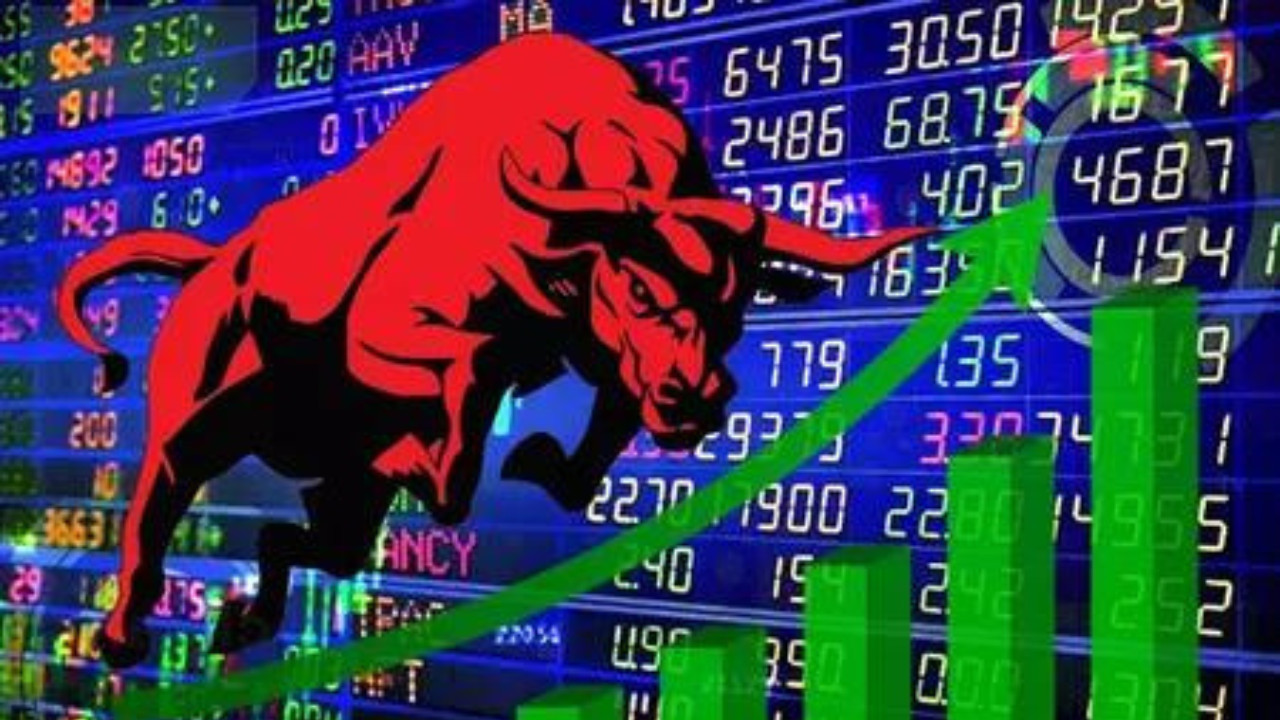Gold prices are expected to rise further due to macroeconomic uncertainty, trade tensions, and central bank buying. Analysts are closely monitoring upcoming economic data releases and Federal Reserve officials’ speeches for insights. Tariff escalations and a weaker dollar are also contributing factors, potentially driving gold to new highs in both international and domestic markets.
Decoding the Glitter: Will Gold’s Shine Continue?
Gold. The very word conjures images of ancient empires, buried treasure, and a timeless store of value. But in today’s complex world, where do precious metals stand? More importantly, where are they going? Recent market activity suggests gold’s rally might have legs, fueled by a potent cocktail of global uncertainties. Let’s dive into the factors driving this trend and what it could mean for your portfolio.
Navigating the Macro Maze: Why Gold Loves Uncertainty
The global economic landscape feels less like a smooth highway and more like a winding mountain pass. Inflation, though showing signs of cooling in some regions, remains a persistent concern. Geopolitical tensions continue to simmer, casting long shadows over trade and stability. It’s precisely in these moments of anxiety that gold tends to thrive.
Think of it like this: when traditional investments like stocks and bonds appear shaky, investors often seek safe havens. Gold, with its history as a reliable store of value, becomes an attractive port in the storm. This “flight to safety” pushes demand up, and with it, the price. Tariffs and trade wars add fuel to this fire, creating further economic friction and boosting gold’s allure.
Central Banks: The Silent Gold Accumulators
While individual investors play a role, the actions of central banks often carry significant weight in the gold market. Interestingly, many central banks around the globe have been quietly adding to their gold reserves. This isn’t just a matter of diversification; it’s a strategic move that signals a belief in gold’s long-term value and its role as a hedge against currency fluctuations. These large-scale purchases create sustained demand, providing a solid foundation for the current gold price rally. What motivates this behavior? A desire for increased financial independence, insulation from potential geopolitical shocks, and a general vote of confidence in the yellow metal’s enduring power.

The Dollar’s Dance and Gold’s Grace
The U.S. dollar and gold often have an inverse relationship. A stronger dollar tends to make gold more expensive for buyers using other currencies, potentially dampening demand. Conversely, a weaker dollar can make gold more appealing, boosting its price. Fluctuations in the dollar’s value, driven by factors like interest rate decisions and economic data, therefore have a direct impact on gold’s performance. Keeping a close eye on dollar trends is crucial for anyone interested in the gold market.
What’s Next for Gold? Riding the Waves
Predicting the future is impossible, but understanding the driving forces behind gold’s recent performance can help us anticipate potential scenarios. If macroeconomic uncertainties persist – think ongoing inflation, geopolitical instability, and trade tensions – the demand for gold as a safe haven is likely to remain strong. The continued purchasing by central banks is another key indicator to watch. Any significant shifts in their strategy could signal a change in the overall market sentiment. Additionally, keep a close watch on real interest rates. When real rates (nominal interest rates adjusted for inflation) are low or negative, gold becomes more attractive because it doesn’t offer a yield.
However, a sudden shift in global economic stability could dampen gold’s gains. A swift resolution to geopolitical conflicts or a surprisingly rapid decline in inflation could reduce the need for safe-haven assets, potentially leading to a correction in the gold market.
You should always seek professional advice before making any investment decisions.
Adding Glitter to Your Portfolio?
The question isn’t just whether gold will continue its rally, but whether it’s a suitable addition to your investment portfolio. Gold can act as a diversifier, potentially reducing overall portfolio risk. However, it’s crucial to remember that gold is not immune to volatility and its price can fluctuate significantly. Carefully consider your own risk tolerance, investment goals, and time horizon before making any decisions. For more insights on diversifying your investment strategy, check out our article on [risk management strategies](internal_link_to_risk_management_article).
Ultimately, the future of gold is intertwined with the fate of the global economy. Understanding the underlying factors that influence its price – from macroeconomic uncertainty to central bank actions – is essential for making informed decisions. Whether you’re a seasoned investor or just starting out, keeping a watchful eye on the glitter can provide valuable insights into the complex world of finance.







